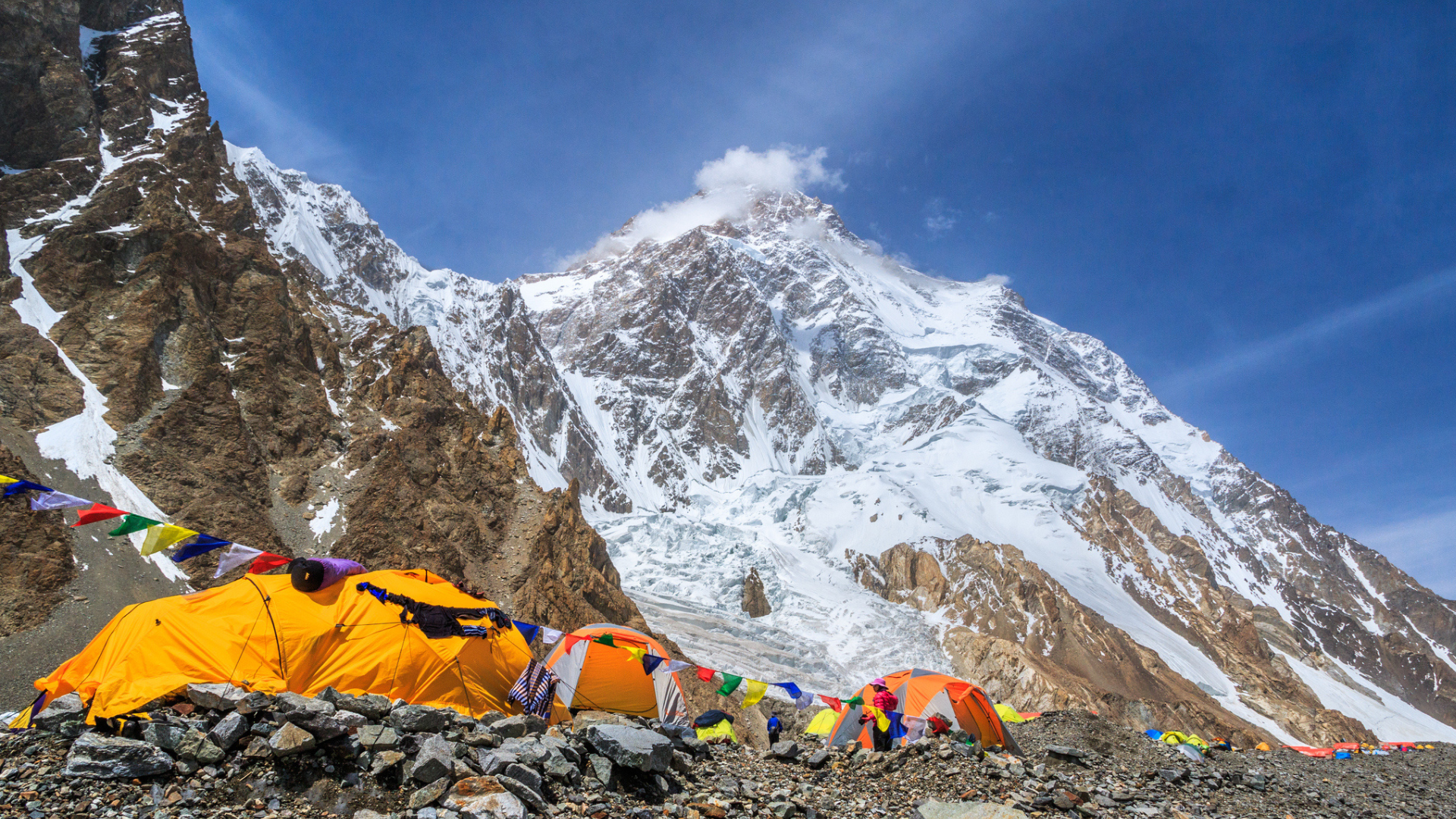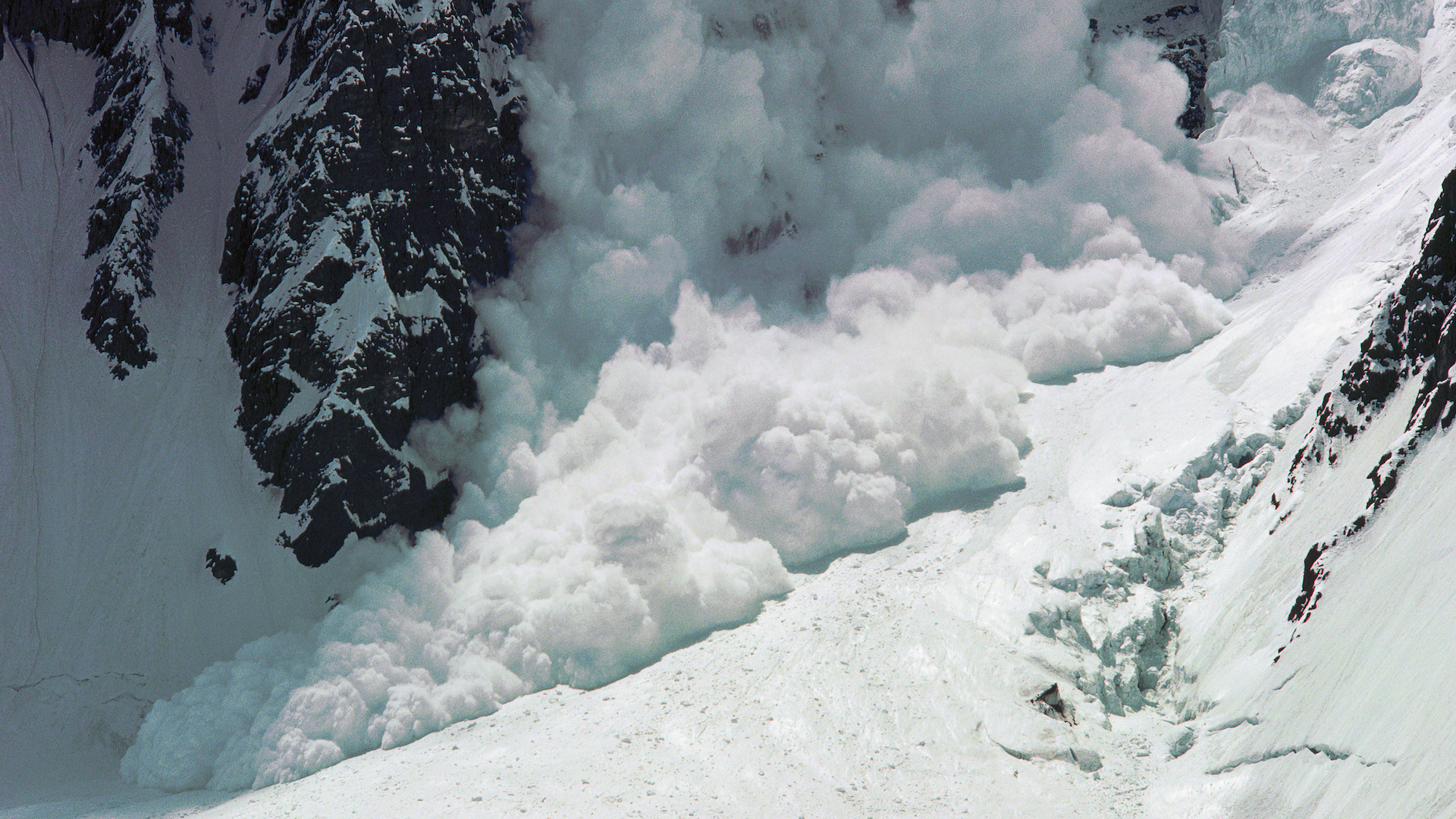
K2 and Nanga Parbat, two iconic mountains in the Gilgit-Baltistan region of Pakistan-administered Kashmir, are also respectively known as the Savage Mountain and the Killer Mountain. These two formidable peaks have long attracted mountaineers to their dangerous slopes and both have been the scene of many tragedies.
However, this year, alpinists attempting to tackle the high peaks of the Western Himalayas and Karakoram are finding additional hazards brought about by this year's scorching temperatures.
Consider that the freezing level is the glue that holds the mountains together, with ice, snow and rock all bound in a frozen embrace. When abnormally high temperatures melt this glue, the chance of avalanche increases hugely and rockfalls are common.

Polish writer and adventurer Łukasz Supergan has been attempting to climb the Karakoram's Broad Peak, the world's 12th highest mountain at 26,414ft (8,051m) and one of K2's neighbors. On July 5, he took to Instagram to post: "The weather this year is strange".
His photo shows tents perched above the Baltoro Glacier at conspicuously snow-free Camp II. He goes on to say: "Since I arrived, hardly any snow has fallen. There was hardly any precipitation in spring either. This means that parts of the route I would normally take through snow are now rocky and very unstable. Climbing there is unpleasant and risky."
Similar scenes have been reported on K2, while photos taken from the foot of the mountain show glacial lakes forming where the ice has melted.
Reports also suggest that conditions have been similarly challenging on Nanga Parbat. Whether or not they had a direct bearing on the tragic death of Czech alpinist Klára Kolouchova on July 3 is unknown, though it's clear that her team were met with higher than usual temperatures.
The lack of snow up to Camp III meant that climbers were having to negotiate difficult and loose rock, as well as having to use the front-points of their crampons on stretches of naked ice that would have usually been snow slopes.
Record June and July temperatures

This all comes after a blistering June heatwave in Northern India and Pakistan, as well as record temperatures in recent days in Gilgit-Baltistan.
June was a particularly dry month in the region, with authorities issuing heat warnings in places like Delhi, Punjab, Rajasthan, Uttar Pradesh and Haryana. Reports suggest that Pakistan's Punjab province's hospitals were overwhelmed with heatstroke patients.
It's also been reported that Northern Pakistan recorded some of its highest temperatures ever on July 5. Gilgit-Baltistan's Chilas district reached 119.3°F (48.5°C), breaking a record that had stood for 28 years. It has prompted officials to warn that the intense heat could speed up snow and glacier melting, leading to the possibility of flash flooding in the valleys below.







